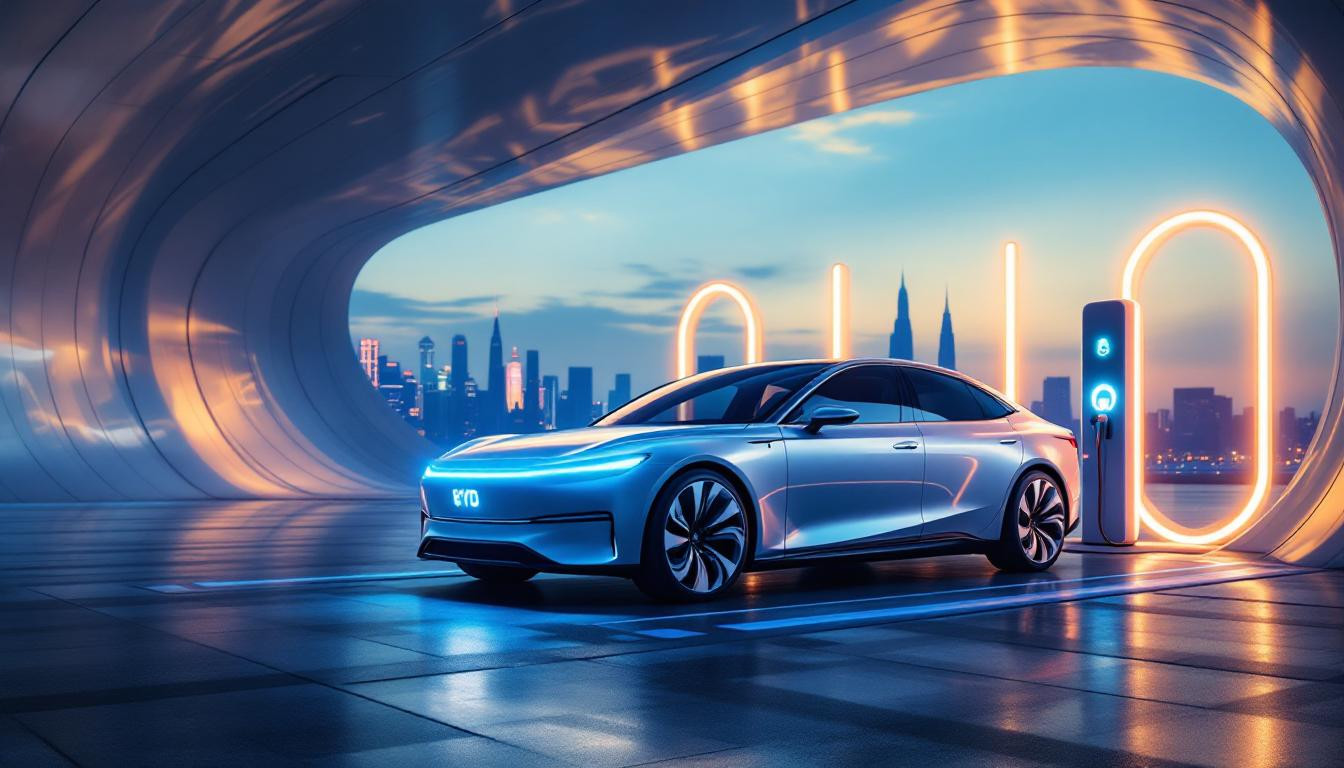As the summer heat approaches in May 2025, BYD’s revolutionary 5-minute charging technology is making waves across the automotive world while highlighting a stark reality: the United States remains woefully unprepared for this breakthrough. The Chinese automaker’s megawatt charging system promises to eliminate the last major hurdle to widespread EV adoption, yet America’s aging infrastructure presents significant roadblocks.
The 5-minute revolution explained
BYD’s Super e-Platform features an unprecedented 1,000V architecture capable of delivering power at an astonishing rate. “We’ve created an ultra-high-speed ion channel—this is battery physics reimagined,” explains a BYD engineer during a recent technical demonstration. The system delivers 2 km of range per second, allowing vehicles to gain 400 km (approximately 250 miles) in just 5 minutes.
Wang Chuanfu, BYD Chairman, emphasized the paradigm shift: “The ultimate solution is to make charging as quick as refueling.” This technology effectively challenges the century-old dominance of internal combustion engines that has defined personal transportation.
Technical marvels under the hood
The platform integrates several breakthrough innovations:
- Flash-charging LFP Blade batteries with 10C charging rate
- Silicon carbide (SiC) power chips managing 1,500V current
- World’s fastest mass-produced motors exceeding 30,000 RPM
- Advanced liquid cooling systems maintaining optimal battery temperature
Performance that rivals supercars
These innovations translate to exceptional performance metrics. The Han L sedan accelerates from 0-100 km/h in just 2.7 seconds, while the family-friendly Tang L SUV manages the same sprint in 3.6 seconds—figures that would make many sports car manufacturers envious.
Why America isn’t ready
Despite the promise, America faces four critical challenges:
- Infrastructure limitations (current fast chargers max out at 350 kW)
- Fragmented charging standards (CCS, NACS, and CHAdeMO)
- Aging electrical grid unprepared for megawatt-level demands
- Regulatory frameworks that haven’t anticipated such power delivery
The infrastructure gap
“BYD’s technology could eliminate the last major hurdle to EV adoption: charging anxiety,” notes industry publication New Atlas. However, while China races ahead with 4,000 megawatt charging stations planned for 2025, the U.S. has no equivalent infrastructure roadmap.
This technological disparity mirrors other sectors where Chinese innovation is outpacing American adaptation, similar to how Warren Buffett’s strategic investments in BYD have positioned him advantageously in the EV revolution.
Competitive pressure mounts
Bloomberg reports that “BYD’s move pressures legacy automakers to accelerate their own charging solutions.” This technology places immense pressure on Tesla, whose Supercharger V4 network—currently America’s gold standard—delivers only half the power of BYD’s system.
“If accurate, this could be the breakthrough needed to combat U.S. range anxiety,” notes CNET in their analysis.
Looking forward
As Americans increasingly prioritize health and sustainability—from natural approaches to wellness to creating sustainable environments at home—the demand for practical EVs will only grow.
Like the resurgence of classic timepieces that combine tradition with modern technology, America’s charging infrastructure requires both respect for existing systems and bold innovation. The question remains: will America modernize its infrastructure to accommodate these technological leaps, or will it be left behind in the greatest automotive revolution since Henry Ford’s assembly line?
